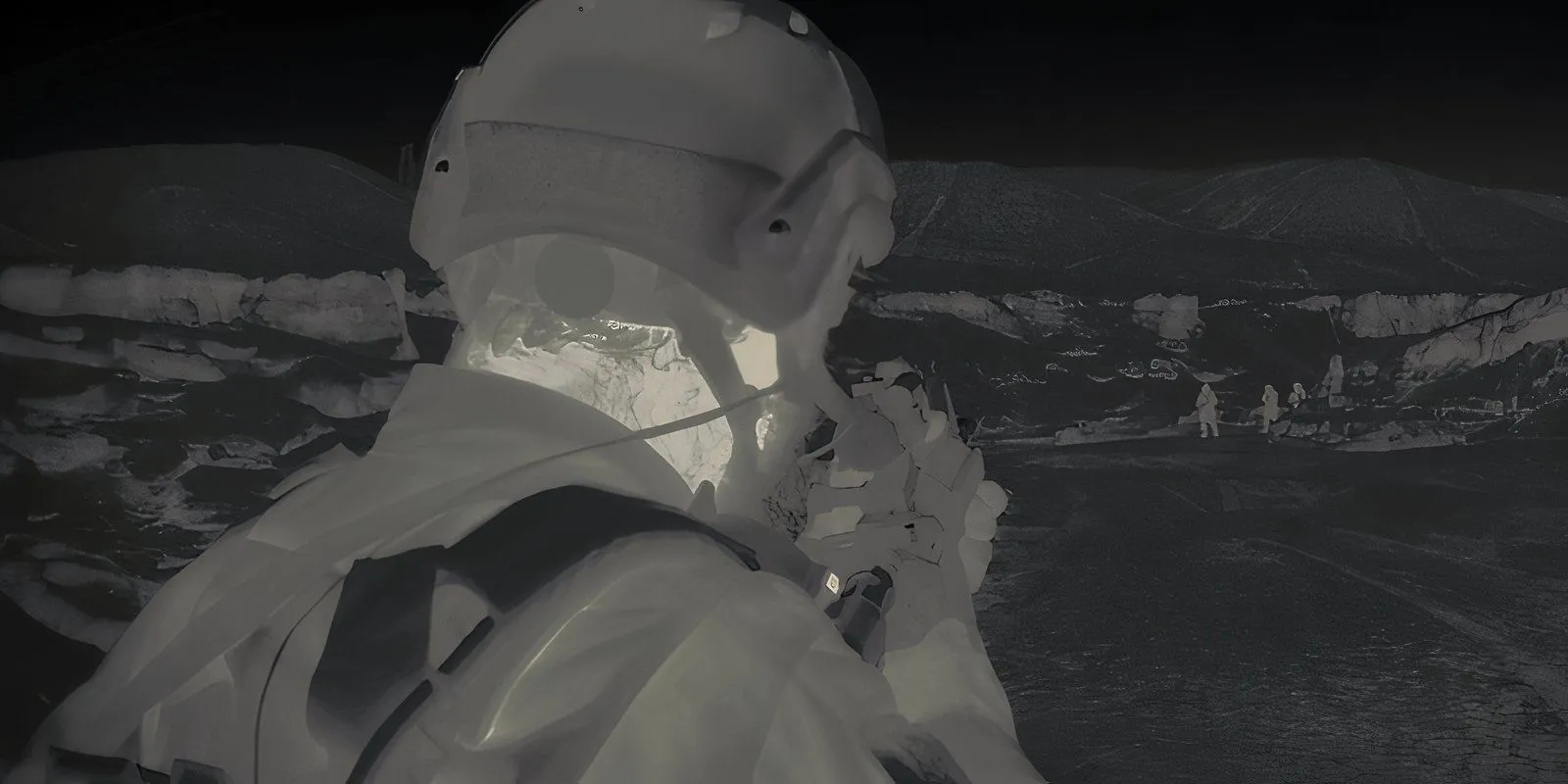
Denis Villeneuve has solidified his status as one of Hollywood’s most revered filmmakers with the release of the highly anticipated Dune: Part Two. Beyond his impressive work on the sci-fi epic set on the deserts of Arrakis, Villeneuve has made significant contributions to the genre, crafting masterful films like Arrival (2016) and the often-overlooked Blade Runner 2049 (2017). However, his filmography is not limited to speculative fiction; Villeneuve has also directed a number of gritty and realistic dramas that have received critical acclaim.
One notable example is Prisoners (2013), a gripping crime thriller that showcases performances by Hugh Jackman and Jake Gyllenhaal. This intense narrative set the stage for Villeneuve’s next project, Sicario, which expanded its scope from a personal story of a father searching for his abducted daughter to a broader narrative involving U.S.-Mexico border conflicts and the complexities of drug trafficking. Released in 2015, Sicario has sparked discussions not only for its storytelling but also for its execution of tension-filled sequences.
Sicario’s Accuracy Analysis
Examining the Filmmaking Details

In an insightful video from Insider, firearms expert Patrick McNamara provides a critical breakdown of Sicario, particularly focusing on its depiction of a nighttime raid. Despite the film receiving high praise and becoming a box office success, McNamara highlights various inconsistencies with the firearms handling portrayed by the characters, particularly the actions of protagonist Kate Macer, played by Emily Blunt. He notes that the soldiers involved in the nighttime operation lack the use of illuminators or lasers crucial for visibility in low-light conditions.
McNamara’s analysis showcases that while Sicario creates incredible tension, it falls short in realistic firearm handling during combat situations. His commentary points to several specific errors, suggesting that the portrayed special operations troops should have utilized equipment that allows for precision and discretion instead of the casual and dangerous approach displayed in the film.
One of the things that bothers me about this clip is the use of firearms in the dark. They all have NODs on, right? Night observation devices. None of these folks, none of them, from what I saw, had any kind of illuminator on their rifle itself. So you’re basically firing indiscriminately.
It’s a huge battlefield multiplier and I’m surprised they didn’t put any in here. I think they’re supposed to be special ops troops, they’re not in the business of indiscriminate fire. They have to be able to shoot with impunity – it’s their job, that’s what they get paid the big bucks for.
She’s in the line of fire, her rifle gets shot and now she has to transition to her pistol. That never happened to me, ever, but I do know two guys that that’s happened to, getting shot right in the rifle and it rendered that rifle inoperable.
When she transitioned from rifle to pistol, I thought the grip was pretty good. It was a good solid grip. It was full extension, which… when you’re moving forward, probably not full extension like this. You want to bring it in a little bit to create a shock absorber of sorts because if it’s at full extension, when you’re moving you’re going to create a pendulum of sorts and it’s going to bounce up and down […]
I would rate this clip for realism a six [out of 10]. I thought the gun techniques were not great, not good, right above average.
The Impact of Accuracy in Sicario
Box Office and Critical Success

Despite the critiques of accuracy, Sicario holds a formidable 92% rating on Rotten Tomatoes, while audiences have rated it at 85% on the Popcornmeter. The film garnered several Academy Award nominations, including Best Cinematography, Best Original Score, and Best Sound Editing. From a financial standpoint, the film was a triumph, accumulating $84.8 million against a modest budget of $30 million, setting the stage for the sequel, Sicario: Day of the Soldado, which debuted three years later.
Producers have indicated that a third installment, Sicario 3, is a possibility, although progress on the project has appeared stagnant. Nevertheless, the inaccuracies noted in McNamara’s analysis are unlikely to tarnish the overall impression of the film; most viewers either do not recognize these inaccuracies or prioritize the film’s emotional realism over its technical precision. The insights shared by McNamara serve as an engaging exercise in understanding filmmaking intricacies, illuminating the balance of creativity and authenticity within the cinematic world.
Source: Insider




Leave a Reply